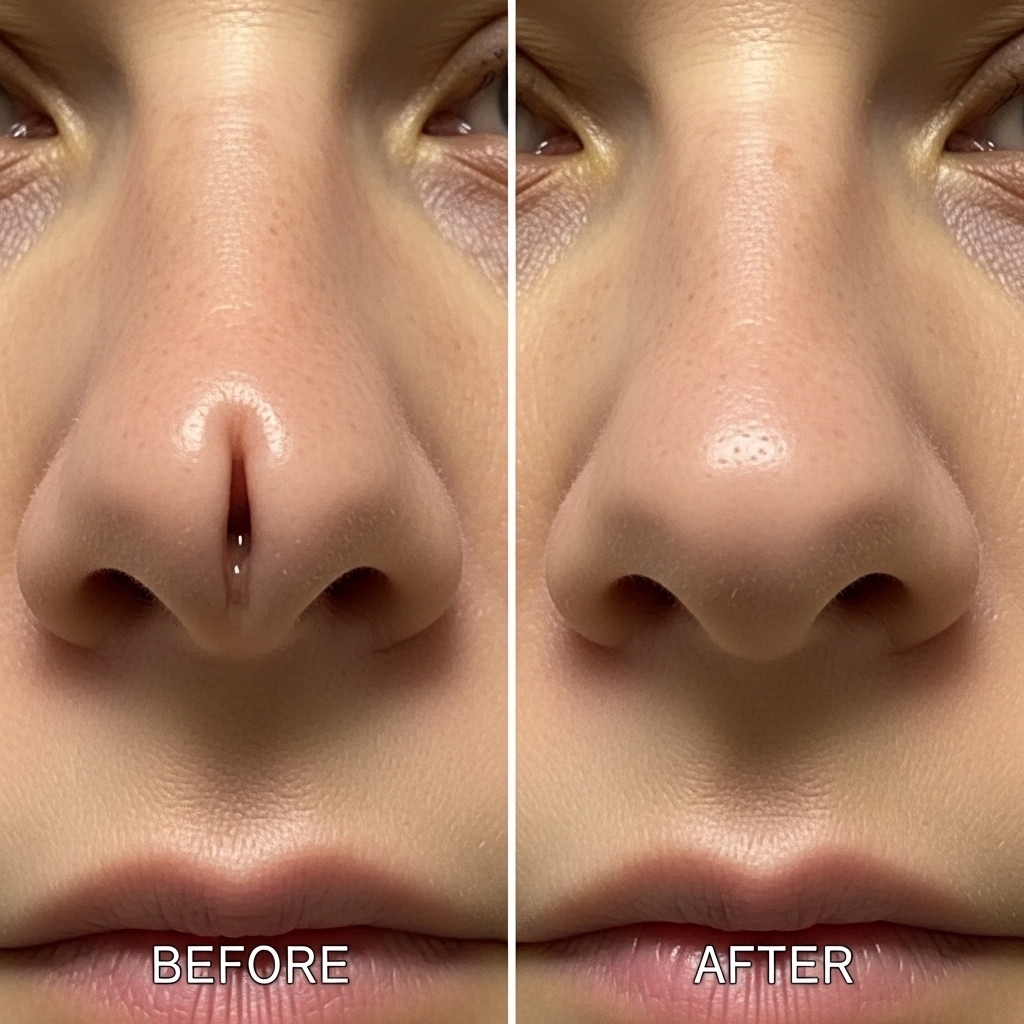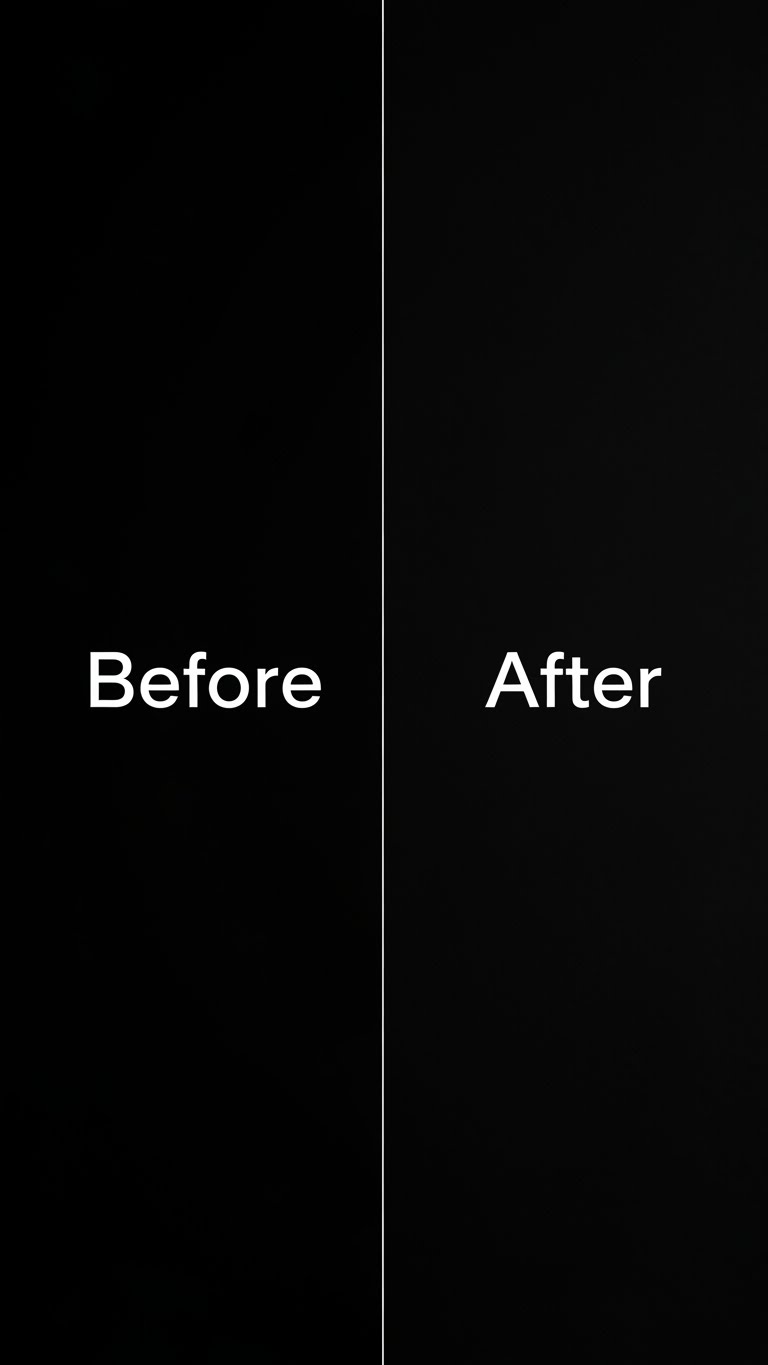Your Expert in Rhinoplasty
Transform Your Confidence with Expert Rhinoplasty in Bhawalpur
Dr. Saadat Waleem – Board-certified rhinoplasty surgeon in Bhawalpur with 25+ years experience. 5,000+ successful procedures. Free consultation available via WhatsApp. Book today!
+923441443556



About Dr Saadat
Rhinoplasty and ENT surgeon since 2000
I train consultants of plastic surgery, ENT and maxillofacial surgery and they learn Cosmetic Rhinoplasty from me
We are running workshops and seminars where they can learn rhinoplasty surgery from me in Islamabad Lahore Bahawalpur and Karachi I have represented Pakistan twice on the “World Rhinoplasty Day” where top Rhinoplasty Surgeons from 72 countries presented their work
Consultation
Your journey begins with a comprehensive consultation where Dr. Saadat examines your nasal structure
Anesthesia
Your journey begins with a comprehensive consultation where Dr. Saadat examines your nasal structure
Reshaping
Your journey begins with a comprehensive consultation where Dr. Saadat examines your nasal structure
Recovery
Your journey begins with a comprehensive consultation where Dr. Saadat examines your nasal structure

Every nose tells a unique story. My mission is to honor that individuality while creating harmony that enhances your natural beauty and restores your confidence.

Serverd Army Medical Corps
Certificate of Appreciation: Master Trainer Recognition
This document is a formal Certificate of Appreciation awarded to Col. Saadat Ullah Waleem in recognition of his role as a Master Trainer. The certificate commemorates his participation and instructional contribution to the 7th Islamabad ENT Hands-on Cadaver Dissection Course.

The event was organized/supported by the Islamabad Congress of ENT (ICE), the International Federation of Oto-Rhino-Laryngological Societies (IFOS), and Shaheed Zulfiqar Ali Bhutto Medical University (SZABMU).
Certificate of Participation: Guest Speaker Recognition
This Certificate of Participation serves as formal recognition for Dr. Sheikh Saadat Ullah Waleem, acknowledging his contribution as a speaker at the 4th Rhinocon 2021 conference. The event was hosted by the Society of Rhinology & Endoscopic Skull base Surgery

The conference served as a platform for experts to discuss the latest advancements in nasal health and complex surgical procedures involving the base of the skull.
Services Provided by Dr Saadat
Check Few Services Which You Might Need

Rhinoplasty
Enhance your facial harmony with personalized nose reshaping that complements your natural features. Whether refining the tip, bridge, or overall profile, achieve the aesthetic balance you've always desired.

Septoplasty
Improve your breathing and quality of life by correcting a deviated septum. This functional procedure relieves nasal obstruction, reduces snoring, and restores proper airflow for better sleep and daily comfort.

Nasal Reconstruction
Rebuild confidence after trauma, injury, or previous surgery with comprehensive nasal reconstruction. Expert techniques restore both the appearance and function of your nose, helping you look and feel like yourself again.
Dr Saadat's
Education & Training
01
Fellowship in Rhinoplasty
Advanced Facial Plastics Intensive training focused on structural and preservation rhinoplasty techniques.
- 2000
- 2005
02
FCPS (Oto - Rhino - Laryngology)
Advanced Facial Plastics Intensive training focused on structural and preservation rhinoplasty techniques
- 2000
- 2005
03
MBBS
Advanced Facial Plastics Intensive training focused on structural and preservation rhinoplasty techniques
- 2000
- 2005
We welcome kids into our 2-4’s program based on their birth year.
Why Dr Saadat?
The Best Thing You Can Get From Dr Saadat
Fermentum nunc tortor, mauris lorem dignissim augue et vestibulum aliquet est ultrices mauris adipiscing.
- Holistic approach
- Passionate teachers
- Supervision to keep children
Kindness
Nibh in sed venenatis, senectus fermentum nullam donec nulla quis ut facilisis
Creativity
Nibh in sed venenatis, senectus fermentum nullam donec nulla quis ut facilisis
Emotional
Nibh in sed venenatis, senectus fermentum nullam donec nulla quis ut facilisis
Innovation
Nibh in sed venenatis, senectus fermentum nullam donec nulla quis ut facilisis






Daily activities
Specialized Rhinoplasty Services
World-class surgical care by Dr. Sheikh Saadat Waleem. We combine artistry with medical
precision to achieve natural, harmonious results.
Cosmetic Rhinoplasty
Refining the nose's shape to enhance facial harmony and boost confidence through precision artistry and careful planning.
Septoplasty
Straightening the nasal septum to significantly improve airflow and alleviate chronic breathing difficulties.
Revision Rhinoplasty
Correcting previous surgical outcomes to restore function and achieve your desired aesthetic goals with expert care. Refining the nose's shape
Nasal Reconstruction
Restoring nasal structure and appearance following trauma or illness with advanced reconstructive techniques.
More than just a joyful place
Have decided yet on which service would you like to choose? If not click on the button below for consultation
Contact
Have questions about our programs?
Please contact us with any felis mauris quisque scelerisque, porta placerat pharetra, sodales vel vitae tincidunt mauris arcu placerat quis.
General
Blandit auctor felis habitasse aliquet est:
Parents
Have any ullamcorper enim morbi volutpat feugiat? Get in touch:
Vendor
Interested in pretium nisi, ullamcorper enim morbi volutpat? Drop us a line:
